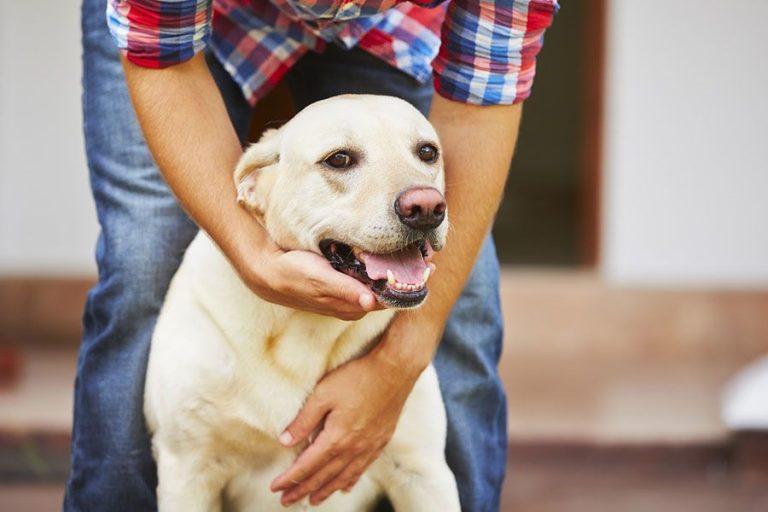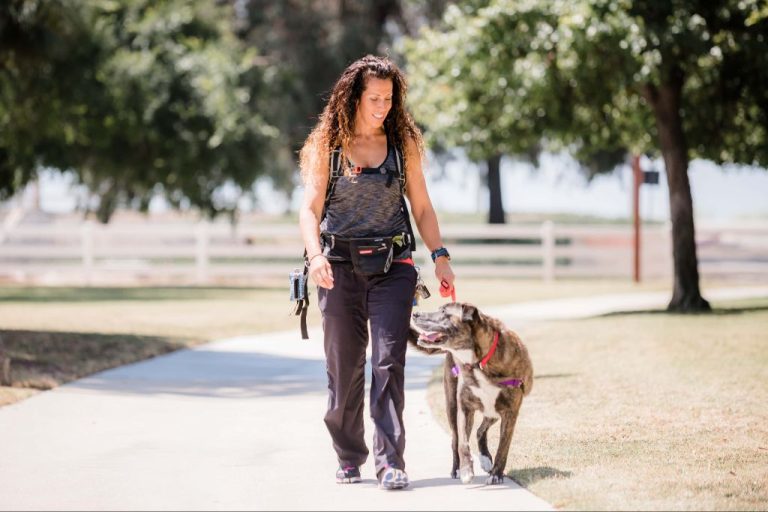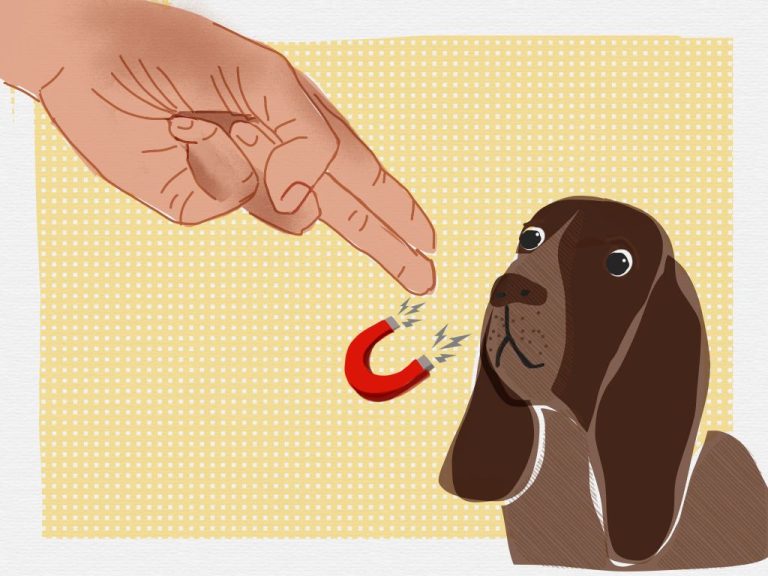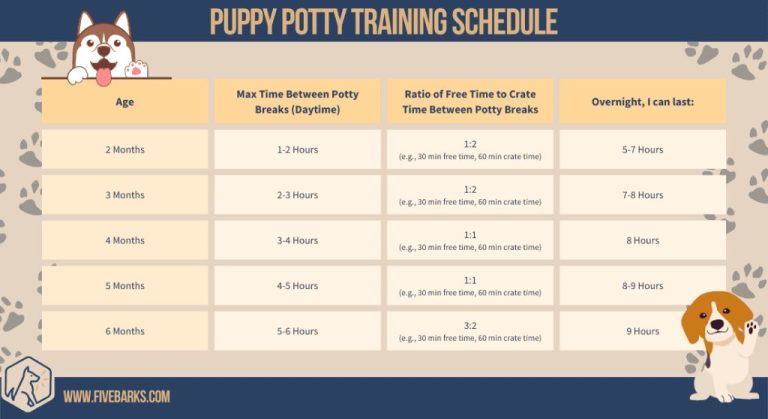Teaching Your Dog To Ignore Distractions In Public
Why Teaching Your Dog to Ignore Distractions is Important
Teaching your dog to ignore distractions is one of the most important skills you can work on together. It helps build good manners, improves loose-leash walking, reduces problem behaviors, and makes public outings more enjoyable for both of you. According to the AKC, being able to ignore distractions helps a dog learn self-control and focus their attention on you, which are crucial elements of good training (https://www.akc.org/expert-advice/training/training-dogs-to-ignore-distractions/).
When out in public, there are many potential distractions vying for your dog’s attention, from food on the ground to other dogs and people. If your dog frequently reacts to these stimuli by pulling on the leash, barking, or lunging, it can quickly become an unpleasant and even unsafe experience taking them places. Teaching them to ignore distractions helps prevent these problem behaviors while creating a well-mannered dog who can relax and focus on you amidst the hubbub of public life.
With this skill, you’ll both be able to enjoy longer walks, trips to the park, patio dining, and more. Rather than being on high alert for potential distractions, your dog will check in with you periodically and look to you for guidance. A dog who can ignore distractions has better impulse control and decision making. You’ll have a more obedient, attentive companion at your side.
Understanding Your Dog’s Motivations
Dogs can get easily distracted for many reasons, but most distractions boil down to a few key motivations:
Food – The smell or sight of food can quickly grab your dog’s attention, causing them to focus on the potential reward rather than listening to you. Dogs’ strong food drive makes food distractions particularly challenging.
Seeking attention – Social dogs often find other people or dogs more interesting than you. They may stare, whine, or pull towards the distraction in hopes of greeting or playing.
Playing – Fast movements, toys, and inviting environments can all tempt your dog to focus on play rather than obedience. Their prey drive kicks in and tuning you out may be rewarding.
Breeding – Intact dogs can be extremely distracted by potential mates, to the point of pulling aggressively or escaping to get access. Their drive to breed can override training.
Fear – Anxious dogs may fixate on or flee from anything they find scary. Fearful reactions can become embedded habits that are hard to overcome.
Curiosity – Dogs want to explore the world with their noses, eyes and ears. Unique or changing sights, sounds and smells capture their interest and can quickly pull their focus.
Knowing your dog’s strongest drives and motivators makes it easier to manage potential distractions and maintain their attention.
Managing the Environment
When teaching your dog to ignore distractions, one of the most important things you can do is manage the environment. This means controlling the surroundings to reduce triggers and set your dog up for success. According to Baywoof, environmental management can prevent many annoying behaviors without any formal training.
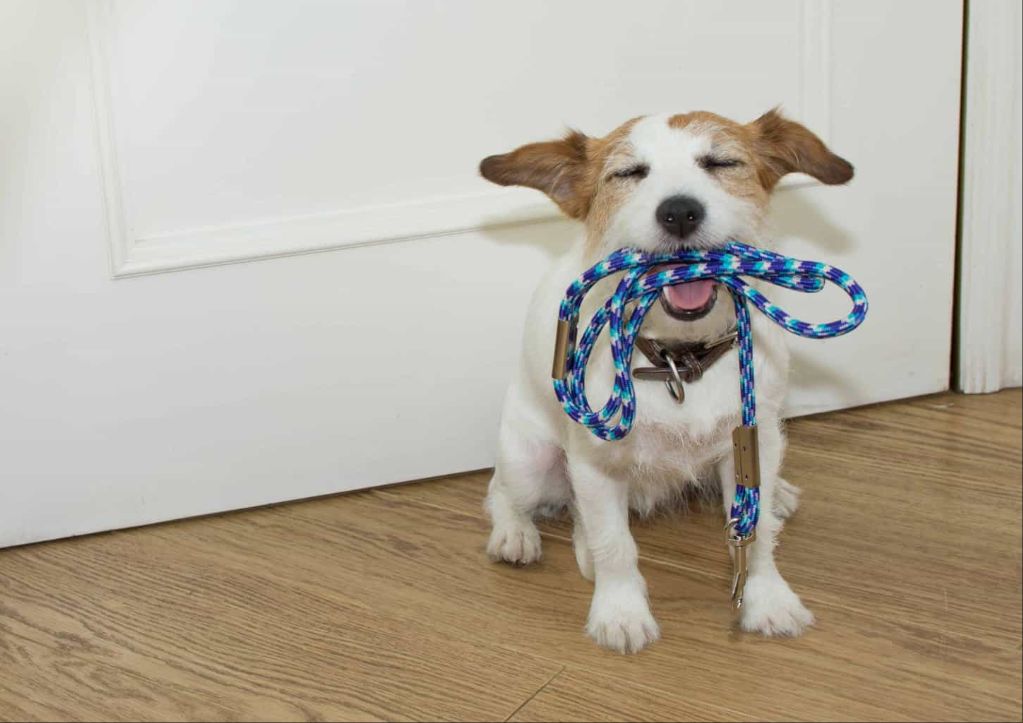
Avoid taking your dog into high distraction areas at first, like busy parks or crowded city streets. Opt for quieter locations with fewer triggers to start. You can also walk your dog at less busy times, like early morning or late evening when there are fewer people, dogs, cars etc. If you encounter a distraction, create distance by crossing the street or turning around. The more space between your dog and the trigger, the easier it will be for them to focus on you instead.
Managing the environment is an important part of training your dog to ignore distractions. By reducing triggers, you set your dog up for success while building their focus and impulse control skills.
Foundation Obedience Training
Before attempting to teach your dog to ignore distractions in public, it’s important to have a solid foundation of basic obedience. Some key commands to master first include:
Sit – Teaching your dog to sit on command provides control and gets their attention focused on you. Use a treat to lure your dog into a sitting position, then pair the behavior with the verbal “sit” command and praise/reward. According to this article, sit is one of the most essential dog commands to teach.
Stay – The stay command teaches your dog to remain in place until you release them. Start with sit, say “stay”, take a step back, then return and reward. Gradually increase distance and duration. Stay gives you control when your dog needs to remain settled.
Leave it – Leave it helps reinforce impulse control by instructing your dog not to touch something. Place a treat on the floor, say “leave it,” and reward the dog only when they resist grabbing the treat. This builds self-control.
Focus – Making eye contact and focusing attention on you is key. Use a treat to lure your dog’s gaze up to your eyes, say “focus,” praise and reward. This captures their attention amidst distractions.
Mastering these foundation commands builds obedience and forges an attentive connection between you and your dog before venturing into more distracting public settings.
High Value Treats
When training your dog to ignore distractions in public, it’s important to use treats that your dog finds irresistible. These “high value” treats will help keep your dog’s focus and motivation high during training sessions. Some good options for high value treats include small pieces of chicken, hot dogs, cheese, dried liver, and commercial treats made with real meat. Avoid low-value treats like plain dog biscuits, as these won’t capture your dog’s interest in distracting environments.
The key is to reserve these special treats exclusively for training sessions – don’t give them to your dog at other times. This will make your dog extra excited when you break out the high value treats during distraction training. Start with tiny piece sizes so you can reinforce your dog frequently without overfeeding. Over time, you can use variable rewards by alternating the high value treats with lower value training treats. This will keep your dog guessing and engaged. With irresistible treats and strategic reward timing, you can keep your dog’s focus during public training sessions.
Getting and Maintaining Focus
One of the keys to getting your dog’s attention and focus is to use their name. Say your dog’s name in an upbeat, exciting tone of voice when you want their focus. As soon as they look at you, praise them and give them a treat. This teaches them that paying attention to you when their name is called leads to rewards.[1]
You can also use treats to lure your dog’s focus towards you. Hold a treat up to your face and say your dog’s name. When they orient towards you, give them the treat and praise. Over time, you can phase out the food lure and just use your dog’s name to capture their attention.
If your dog is highly distracted, use gentle leash corrections to get their attention. Give a slight tug on the leash while saying their name. Don’t yank or be forceful. The leash pressure should just be enough to break their focus on the distraction. Immediately praise and reward them once they shift their attention to you.[2]
With consistency, your dog will learn to check in with you automatically when hearing their name, knowing they will get treats and praise. This lays the groundwork for maintaining focus around distractions.
Creating Sufficient Distance
When teaching your dog to ignore distractions, creating sufficient distance from the trigger or distraction is crucial. As the AKC explains, “Distance is how close or far the dog is from the distraction when performing the behavior” (AKC). You want to start training far enough away that your dog notices the trigger, but is still able to disengage their attention from it and listen to you when prompted.
For example, if your dog is reactive to other dogs, start training from a distance where your dog notices the other dog, but is not over threshold. This allows you to get and keep their attention on you, reward them, and prevent reactive responses. Gradually decrease the distance as your dog builds confidence ignoring the trigger and focusing on you instead. The key is starting with enough distance for your individual dog to be successful. If your dog cannot disengage and listen, create more space.
Rewarding Check-Ins
One of the most effective techniques for teaching a dog to ignore distractions is to reward them with praise and treats when they check in with you instead of focusing on the distraction. This reinforces the behavior you want by redirecting their attention back to you. To teach a check-in:
Start training in a low distraction environment and wait for your dog to make eye contact with you. As soon as they do, praise them enthusiastically and give them a high-value treat. Repeat this frequently during short training sessions to reinforce that eye contact results in rewards (Whole Dog Journal).
Once your dog understands that checking in consistently earns rewards, practice in environments with more distractions. Reward every check-in to keep them motivated. Vary the frequency of treats so they don’t just check in when they think food is coming (Pupford). With enough practice, checking in with you will become an ingrained habit.
Checking in regularly refocuses your dog’s attention on you instead of distractions. Be patient and consistent with rewards, and they’ll learn that ignoring distractions and staying connected with you is worthwhile.
Real-World Practice
It’s important to start practicing ignoring distractions in real-world settings, but this should be done gradually by starting in low distraction areas first. According to the American Kennel Club, the trick to distraction training is to start small and slowly build up to larger and more enticing distractions.
For the initial training sessions in public spaces, choose areas and times with fewer people, dogs, and activity. Avoid peak hours at the park or busy streets downtown. Instead, opt for quieter side streets in the morning or evenings when there is less foot and vehicle traffic. This allows you to start at an easy level for the dog before working up to more challenging, busier locations.
As your dog masters ignoring distractions in lower traffic areas, gradually increase the difficulty by taking them to busier parks or sidewalks with more activity. Always start below their threshold however, and then build up their tolerance in a structured, patient manner. With consistent training over time using high value treats and praise, dogs can learn to maintain focus on their owner no matter the setting.
Be Patient and Consistent
It takes time for a dog to learn to ignore distractions in public. This is a complex skill that requires patience and persistence from both dog and owner. Do not expect your dog to master ignoring distractions right away. Stick with it and be consistent with training.
According to The Importance of Consistency in Dog Training, consistency in rewards ensures dogs can quickly distinguish between desired and undesired behaviors. Consistency speeds up the learning process. Dogs thrive on routine and repetition.
As stated in The Importance of Patience, Consistency, and Repetition in Police Dog Training, patience allows the trainer to work at the dog’s pace and build a strong bond. Rushing training will only hinder progress.
Remain positive and keep training sessions short and rewarding. With time and consistency, your dog will learn to focus on you instead of distractions.

